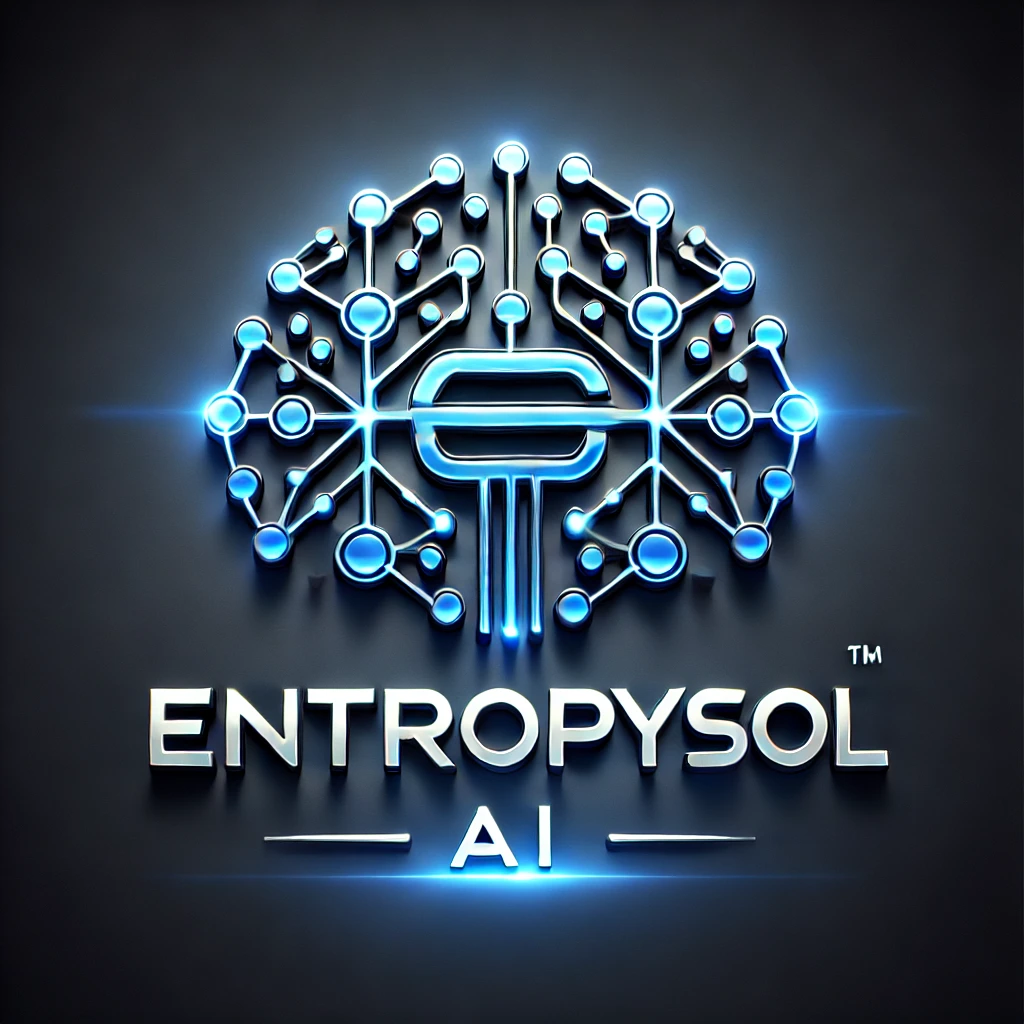In the age of intelligent machines, Natural Language Processing (NLP) emerges as a critical technology, enabling computers to understand, interpret, and generate human language. This field, at the intersection of computer science, artificial intelligence, and linguistics, is transforming how we interact with technology, making it more intuitive and seamless than ever before. From virtual assistants to sophisticated translation tools, NLP is the invisible force behind many of our daily digital experiences.
What Exactly is Natural Language Processing?
At its core, Natural Language Processing is about enabling machines to “read” and “write” in human languages. This involves a complex interplay of algorithms and models that analyze the structure and meaning of language. Key aspects of NLP include:
- Understanding Language (NLU): Deciphering the intent, context, and nuances of human language.
- Generating Language (NLG): Producing coherent and contextually appropriate text.
NLP systems break down language into smaller components, analyze its grammatical structure, and extract meaning from words, phrases, and sentences.
How Does NLP Work and Why Does It Matter?
The power of NLP stems from its ability to process and learn from vast amounts of textual data. Unlike traditional programming, which relies on explicit instructions, NLP models learn patterns and relationships from language examples. The process typically involves:
- Data Preprocessing: Cleaning and preparing text data for analysis.
- Feature Extraction: Identifying relevant linguistic features, such as words, phrases, and grammatical structures.
- Modeling: Training algorithms to recognize patterns and make predictions about language.
This learning process allows NLP systems to perform a wide range of tasks, from simple text classification to complex language generation. Its importance lies in its ability to bridge the communication gap between humans and machines, making technology more accessible and user-friendly.
Key Applications Transforming Our World
Natural Language Processing is not just a theoretical concept; it’s actively shaping numerous industries and powering everyday technologies:
- Virtual Assistants: Enabling voice-activated devices like Siri, Alexa, and Google Assistant to understand and respond to our commands.
- Machine Translation: Powering tools like Google Translate to break down language barriers and facilitate global communication.
- Chatbots: Providing automated customer service and support across various platforms.
- Sentiment Analysis: Analyzing text to understand the emotions and opinions expressed, crucial for market research and social media monitoring.
- Text Summarization: Condensing large volumes of text into concise summaries, essential for information overload management.
- Spam Filtering: Identifying and filtering out unwanted emails, improving inbox efficiency.
NLP: The Future of Human-Computer Interaction
As AI continues to evolve, Natural Language Processing will play an increasingly vital role in shaping the future of human-computer interaction. Its ability to understand and generate language opens up new possibilities for creating intelligent systems that can communicate and collaborate with us in a natural and intuitive way. Embracing NLP is crucial for organizations looking to leverage the power of language data and build innovative, user-centric applications.
